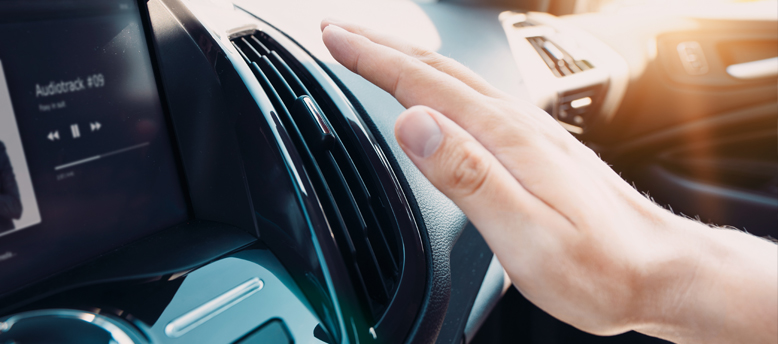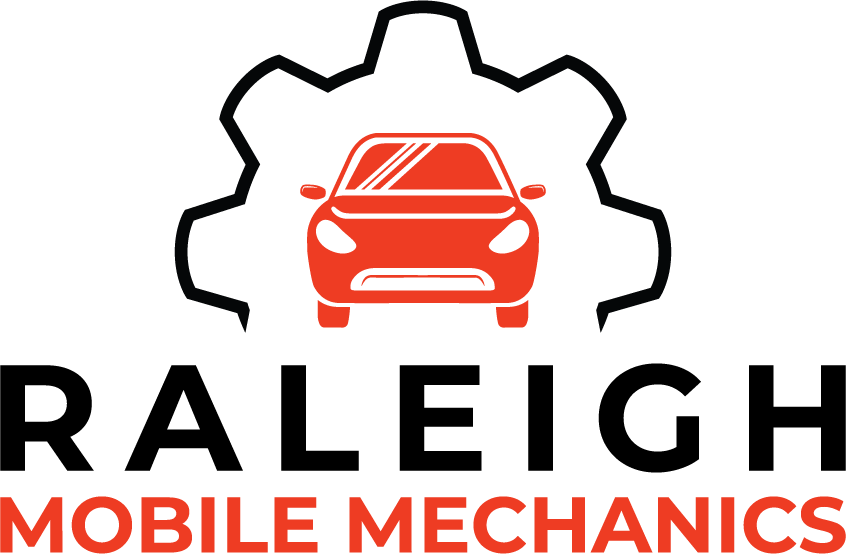Car Heating and Cooling Systems
The heating and cooling systems in cars are designed to make the passengers comfortable during their ride. These include separate side thermostats for the driver and front passenger, vents for the passengers at the back, and sometimes heated seats.

These systems are designed so that a constant flow-through of air keeps the interior comfortable even when the windows are closed. Raleigh, North Carolina, on average per year, gets about 46 inches of rain, four inches of snow, and 213 sunny days.
Accordingly, the US averages 38 inches of rain, 28 inches of snow, and 205 sunny days per year. With this in mind, you want your air conditioning and heating systems working properly.
How The Heating System Works
The heating system is run by a heater core. It’s a small part of the heating system that looks like a radiator. In winter, heat is created by moving heated radiator fluid to the heater core. The core sends the heat in front of the fan, which gets blown into the cabin to keep the passengers warm.
- Blower motor
- Heater core
- Heater hose
- Heater control valve
- HVAC control panel
If the air doesn’t get hot enough, you need to check if there is enough coolant in the overflow bottle. If it’s low, it needs to be replenished. Also, double-check that there are no leaks. Your local mechanic may also suggest flushing the system in case the heater core is blocked.
Also, when the heater core doesn’t function properly, coolant residue may be noticeable from the passenger’s floorboard side. Usually, this can be accompanied by a strong odor coming from the vent.
When you hear a loud, kind of bubbling sound, it could mean that air is trapped inside the heater core. If you’re not sure what the problem could be, it’s time to get your car diagnosed by a mechanic.
How The Cooling System Works
The cooling system works by transferring heat to the air to keep the engine from overheating. The cool air that you feel from the air conditioning starts as hot air, with the heat getting removed from it in multiple steps. Believe it or not, there used to be a time when people used ice to keep their cars cool.
There are two types of cooling systems: the air cooling system and the liquid cooling system. Air cooling systems are fairly simple. As the name suggests, cool air is distributed to the heated surfaces of the engine to cool it. Air-cooled engines may include external structures that are designed to make available more areas for the cool air to reach.
Some cars use fans to apply cool air to their engines, while others have air ducts, which direct the cool air to the hot mechanisms. Water cooling systems, on the other hand, lower temperatures using internal fluid. Usually, a combination of water and a special type of coolant is distributed directly to the hottest parts of the engine.
After the liquid removes heat, it is carried along to the radiator. Like fins on an air cooling system, the radiator works similarly. When the vehicle moves forward, air passes through the grille, cools the liquid inside the radiator, and goes back to the engine to repeat the process.
Both systems have their advantages and disadvantages. While it’s almost sure that both will be used in different applications, water cooling is generally considered by most car manufacturers as the better choice.
- Accumulator
- Blower motor
- Compressor
- Condenser
- Expansion valve
- Evaporator
- HVAC control panel
If your car isn’t getting cool enough, you might not have enough antifreeze fluid in the car.
You may also have issues with your thermostat. The thermostat helps you adjust the temperature in the car. Through years of use, the thermostat may fail or even get stuck.
You also need to have the ducts and exhaust system checked regularly by your local mechanic. When the exhaust is blocked, it can also lead to problems like your car not getting cool enough as you need it to be. Check the vents as well. Blocked vents can affect how much air is getting inside for the passengers.
These vents, you can vacuum when cleaning the car yourself. You need to be comfortable when driving your car, so do your passengers. Make sure that the air conditioning and heating are both working properly at all times. Your complete car care in Raleigh, North Carolina is just a call away if you need a proper diagnosis.


